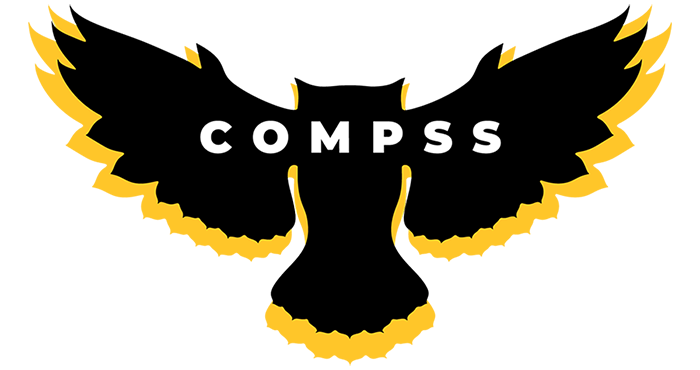Annotated Bibliography Peer Review
As a writer . . .
- Step 1: Include answers to the following two questions at the top of your draft:
What questions do you have for your reviewer?
List two concerns you have about your argument essay. - Step 2: When you receive your peer's feedback, read and consider it carefully.
Remember: you are not bound to accept everything your reader suggests; if you believe that the response comes as a result of misunderstanding your intentions, be sure that those intentions are clear. The problem can be either with the reader or the writer!
As a reviewer . . .
As you begin writing your peer review, remember that your peer will benefit more from constructive criticism than vague praise. A comment like "I got confused here" or "I saw your point clearly here" is more useful than "It looks okay to me." Point out ways your classmates can improve their work.
- Step 1: Read your peer’s draft two times.
Read the draft once to get an overview of the paper, and a second time to provide constructive criticism for the author to use when revising the draft. - Step 2: Answer the following questions:
- Does the draft include an introduction that presents the topic and identifies important issues and questions about the topic? Does the writer explain why the topic is worth researching? Are the citations properly formatted? Point out any problems you notice on the draft.
- Are the sources all reliable? Are they varied?
- Does each annotation include . . .
- summary?
- evaluation of the sources and its writer’s research?
- information about how the source’s relationship to other sources?
- assessment of the source’s reliability?
- Are the annotations in the writer’s own words? Point out any passages that sound problematic.
- Does each annotation meet the assignment word count?
- What did you find most interesting about this draft?
- Step 3: Address your peer’s questions and concerns included at the top of the draft.
- Step 4: Write a short paragraph about what the writer does especially well.
- Step 5: Write a short paragraph about what you think the writer should do to improve the
draft.
Your suggestions will be the most useful part of peer review for your classmates, so focus more of your time on these paragraphs; they will count for more of your peer review grade than the yes or no responses.
Hints for peer review:
- Point out the strengths in the essay.
- Address the larger issues first.
- Make specific suggestions for improvement.
- Be tactful but be candid and direct.
- Don’t be afraid to disagree with another reviewer.
- Make and receive comments in a useful way.
- Remember peer review is not an editing service; you should not focus on sentence-level errors like punctuation and spelling.

Material developed by the COMPSS team are licensed under a Creative Commons Attribution 4.0 International License. All materials created by the COMPSS team are free to use and can be adopted, remixed, shared at will as long as the materials are attributed. Please keep this information on COMPSS materials you adapt or adopt for attribution purposes.
















